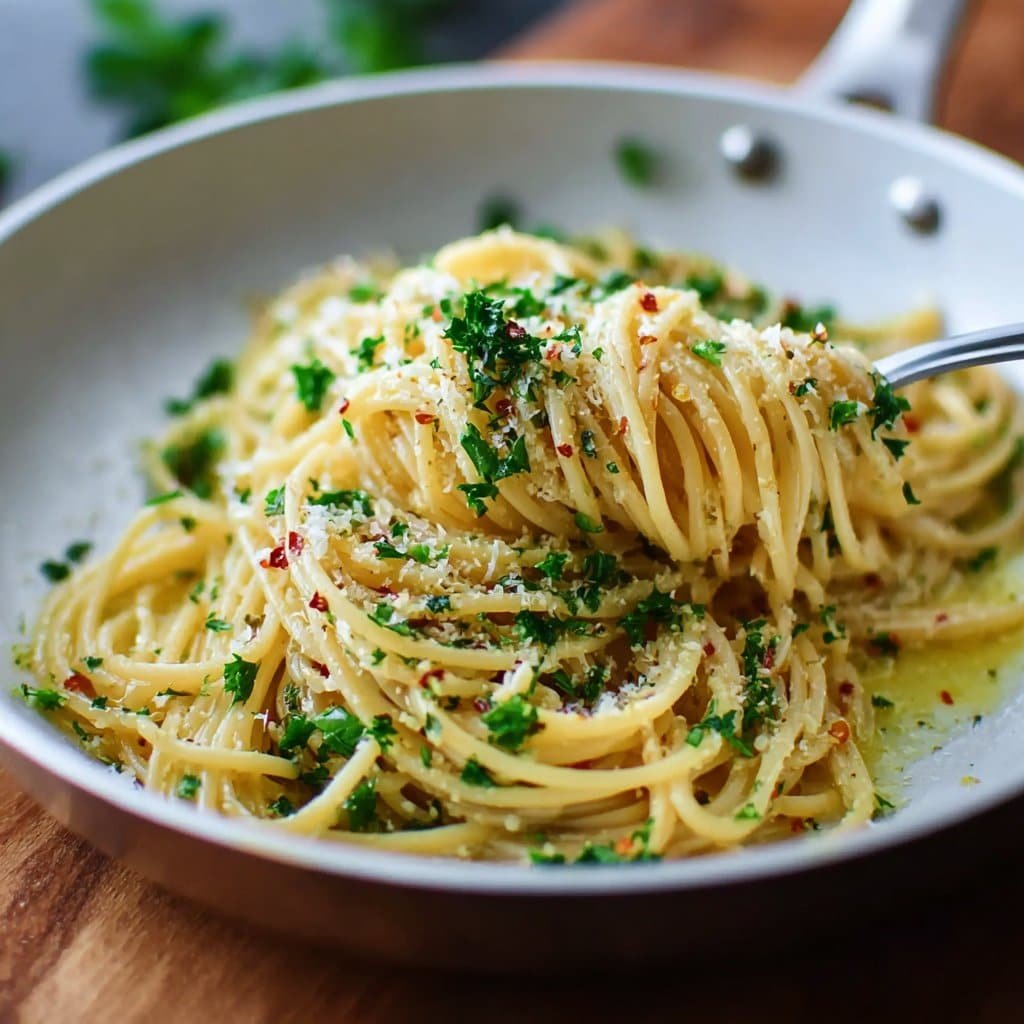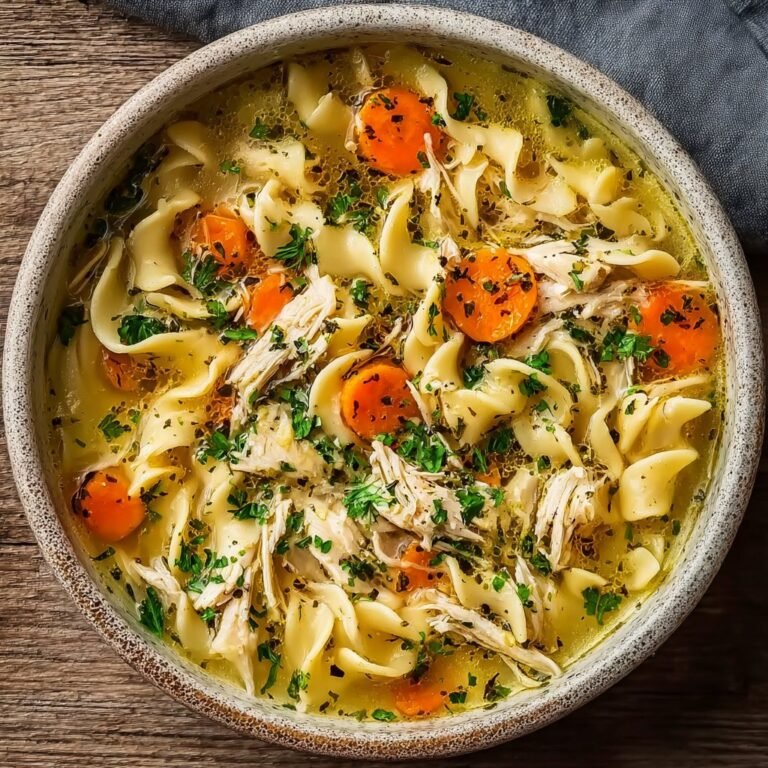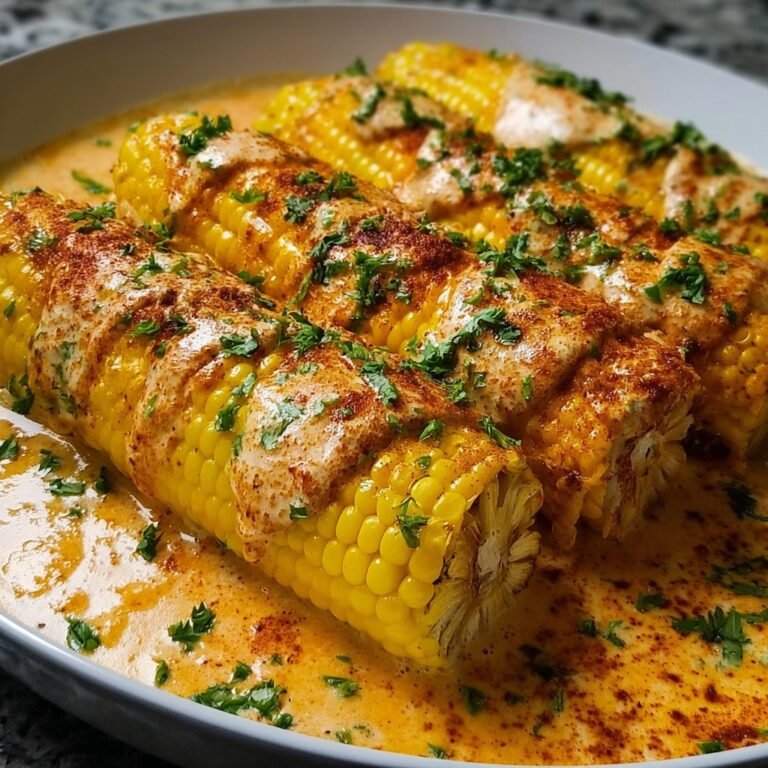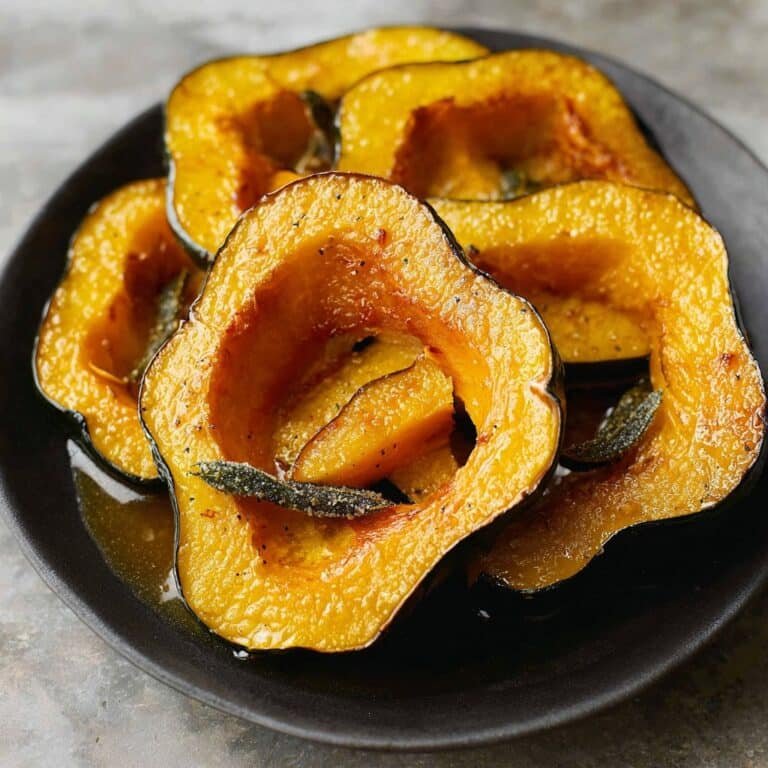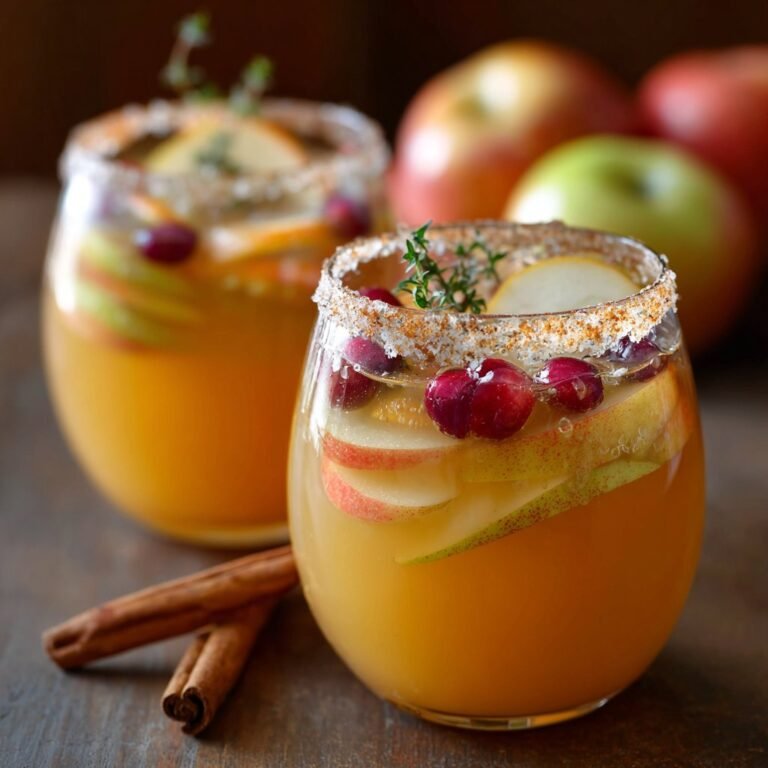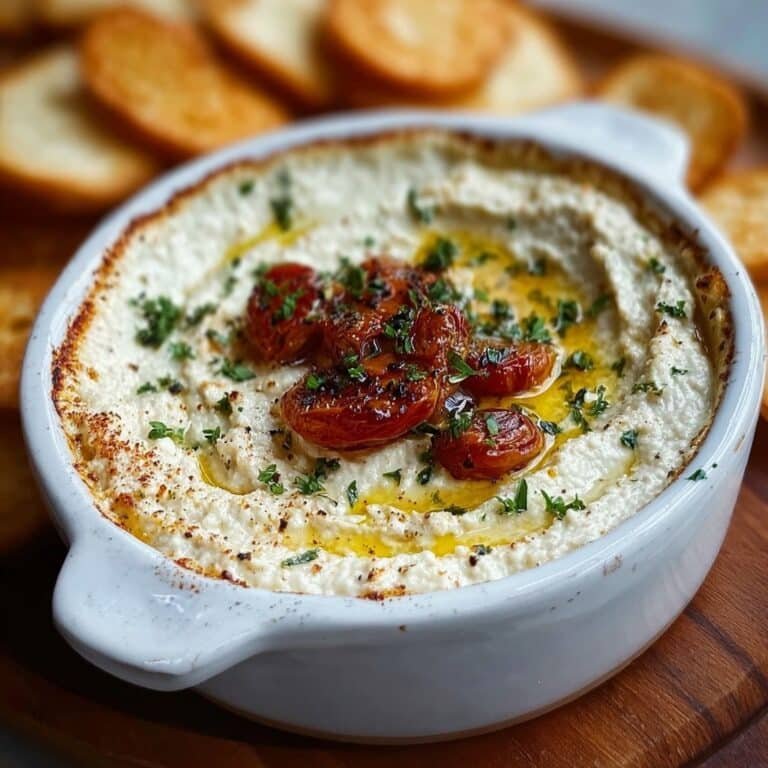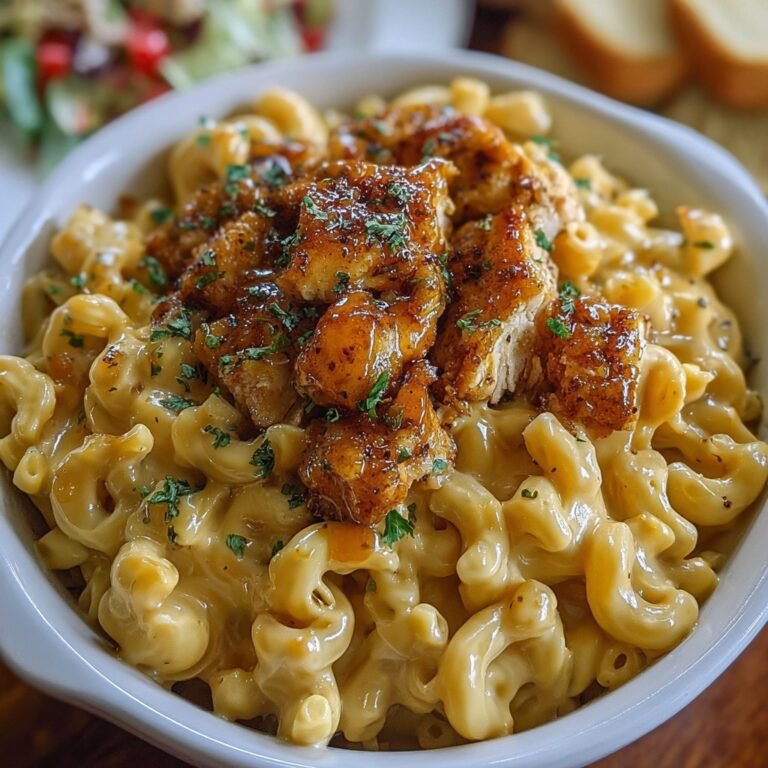Catching Up Over Pasta & A Quick Story
Hey, so you want to make real-deal Italian Pasta with Garlic Olive Oil Sauce? Perfect choice. I actually whipped this up last Saturday, half on a dare from my cousin (who still thinks only her carbonara truly counts as pasta done right). But what really makes this dish special for me is how it takes me back to that hilarious night in Florence — long story short, I learned the importance of draining pasta before adding the sauce…let’s just say, nobody likes soupy spaghetti. Anyway, enough about my soggy mistakes, let’s get cooking!
Why You’ll Love Making This (Honestly)
I mostly pull this out when—confession—I just can’t face a sink full of pans. My family goes bananas for this because, well, the kitchen smells like heaven and there’s absolutely nowhere to hide bad garlic (ask me how I know). Also, you only need like five things in your fridge. If your evening plans include eating deliciously and doing very little else, this is your recipe. And oh, the only tricky part used to be timing the garlic so it ended up golden and not, you know, tragically burnt. (Took a few scorched batches, but I finally nailed it — mostly.)
What You’ll Need (Or Substitute With)
- Spaghetti or linguine, about 400g (I sometimes swap in whole wheat, which is…fine, but, eh)
- 4-5 fat garlic cloves, thinly sliced (honestly, any garlic will do but I avoid that jarred stuff with a passion)
- 6 tablespoons extra-virgin olive oil (go for the lush green stuff if you’ve got it; my Nonna always swore by Bertolli, but any will work)
- 1 teaspoon red pepper flakes (or crushed chili from a pizza night, don’t judge)
- Salt, to taste (big fat flakes if you’ve got ’em, but table salt is fine)
- Handful of fresh parsley, chopped (sometimes I forget it, nothing explodes)
- Parmesan, grated, optional (unless you want purist Italians shaking their fists; your call)
- Bit of pasta cooking water – I usually just scoop some out at the last minute
Let’s Cook (But Don’t Sweat it if Something Gets Weird)
- Boil a big pot of salted water. Once it’s rolling, toss in your pasta. Give it a stir so nothing clumps (learned that the hard way after a gluey incident last month). Cook till it’s just shy of perfect — al dente is the name of the game here.
- Meanwhile, add your olive oil to a big nonstick or stainless skillet — medium heat is your friend. Now slide in the garlic slices (they can sizzle but shouldn’t brown too fast). There’s a weird point where these will smell pungent and fabulous; that’s where I usually sneak a taste, even though it never ends well for my tongue.
- In goes the chili flakes! Swirl everything gently; don’t wander off or get distracted by your dog stealing socks. You want the garlic turning gold, not brown. (Once I let it go too far and the whole batch went straight in the bin; lesson learned.)
- When the pasta’s ready, SAVE some of that gorgeous starchy water (about half a cup)—trust me, the sauce loves it. Drain the rest.
- Toss the drained pasta into your skillet. Add a splash of that pasta water and toss/tangle it with the oil and garlic. It might look a bit slippery or even weirdly soupy at first, but just keep moving it around and the sauce hugs every noodle.
- Sprinkle with chopped parsley (and cheese if you’re feeling dangerous) right at the end. Taste. Add salt or more chili if you want.
- Serve immediately, before anyone can ask why it smells so darn good. (Or just eat from the skillet. Not that I’ve done that.)
Notes From a Little Too Much Experience
- If you slice the garlic thicker, it can get chewy (not a deal-breaker but not my fav).
- Actually, I find it works better if you let the sauce rest for just a minute before tossing it with the pasta. Gives the garlic a chance to mellow.
- One time, I tried adding the parsley before the pasta, and, well, it just turned weirdly swampy. Add at the end!
Stuff I’ve Tweaked (And Once Regretted)
- Tried adding lemon zest. Pretty great, actually—it brightens the whole thing. But go sparingly.
- Once swapped in sage instead of parsley, which…hmm, not my best moment. Maybe skip that.
- Added sautéed mushrooms once—family loved it, but it’s a whole different dinner.
Gear You Need (Or Don’t)
- Big pasta pot (but if you’re, like, down to your last saucepan, just break the pasta in half—pasta police won’t know)
- Heavy skillet or nonstick pan for the sauce. I prefer stainless since it browns garlic best, but use what ya got.
- Colander or, in my case a slotted spoon works when my colander is MIA (which is…often).
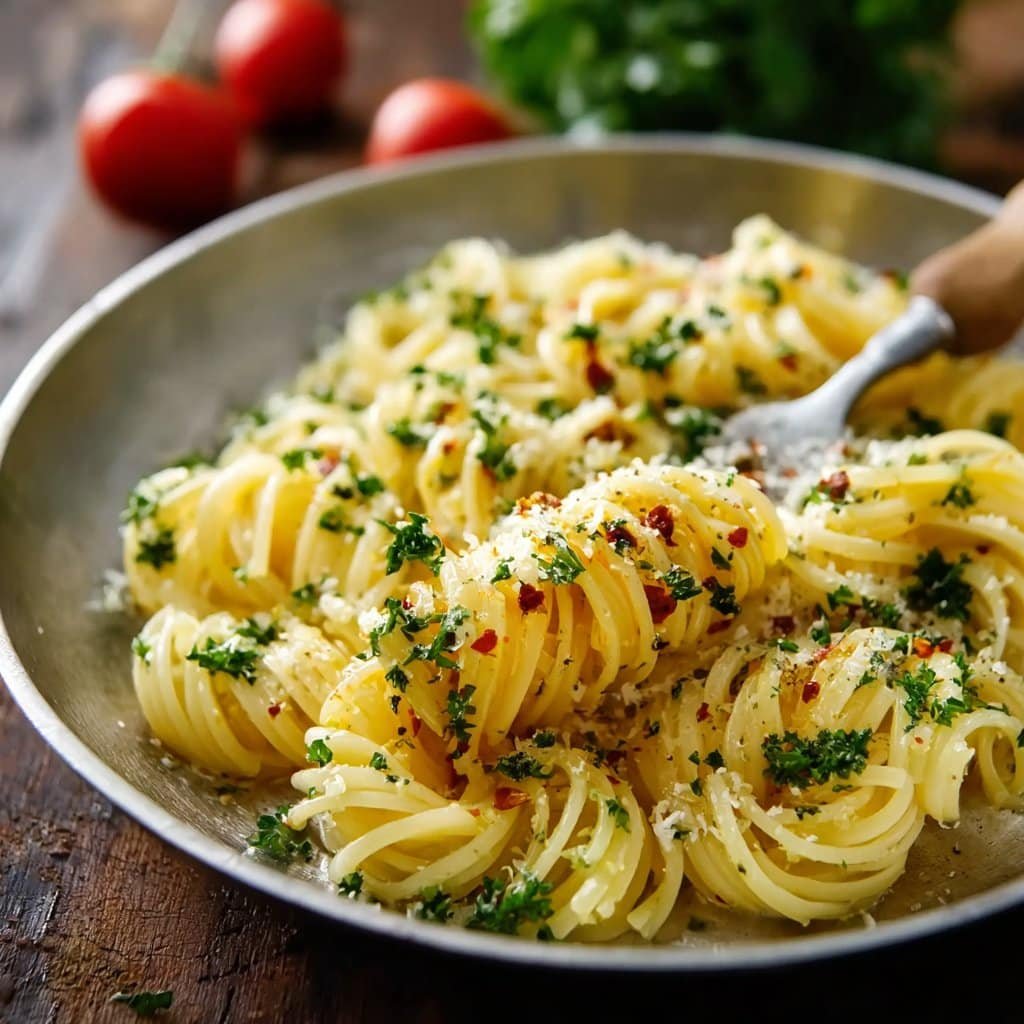
How to Store Leftovers—If You Have Any
Pop it in a lidded container in the fridge for, say, a day or two. But honestly—at my place, it’s usually gone by breakfast the next morning. I think it tastes even better cold, but apparently that’s just me.
How I Serve It (Maybe You Do Something Fancier?)
I love a big tangle in a warmed bowl with extra parsley and chili flakes. My uncle swears by a fried egg on top (breakfast for dinner style), and sometimes if I’m feeling proper, I’ll serve it with a crusty hunk of sourdough. A simple green salad on the side, maybe? Or just more wine, depends on the night.
Pro Tips I Learned by Screwing Up
- I once tried rushing the garlic (seriously, DON’T). It goes from perfect to burned in, like, three seconds. Watch it like a hawk.
- Don’t forget to save the pasta water. I skip this step every third time, then regret it when the sauce is sad and stick-to-the-bowl.
- And, don’t overdo the chili unless you’re really into spice. It can sneak up on you—learned that on a double-the-flakes accident.
Q&A from Real Friends (And My Instagram DMs)
Q: Can you use pre-minced garlic in a jar?
A: Technically yes, but, eesh, I don’t. It tastes kinda flat; fresh garlic is just so much punchier.
Q: Is this authentic Italian?
A: So, it’s a classic base recipe for “Aglio e Olio” but almost every Italian nonna puts her spin on it. (And would probably chase me with a wooden spoon for putting parsley on top.)
Q: Can I add chicken or shrimp?
A: Sure! Might make the purists frown, but, hey, your kitchen your rules. I did once and it was a hit. Just cook it before adding the pasta.
Q: How about gluten-free pasta?
A: Absolutely works—just check the cooking time on the box; it’s always a little different form regular spaghetti.
Q: Any good resources for Italian pasta basics?
A: I really like this Serious Eats guide, or you could check out Gennaro Contaldo’s classic version for some proper inspiration.
And oh, before I forget—a small tangent—I once tried to double this recipe for a party and realized my biggest skillet was nowhere near big enough. If you’re cooking for a crowd, just batch it! Don’t try to be a hero with one pan; I still remember the pasta mountain I unleashed on my kitchen that day. Anyway, good luck and may your garlic always be golden. Text me if you mess it up, I probably did too!
Ingredients
- 400 g (14 oz) spaghetti
- 1/3 cup extra-virgin olive oil
- 6 cloves garlic, thinly sliced
- 1/2 teaspoon red pepper flakes
- 1/2 cup fresh parsley, chopped
- Salt, to taste
- Freshly ground black pepper, to taste
- 1/2 cup grated Parmesan cheese
Instructions
-
1Bring a large pot of salted water to a boil. Cook the spaghetti according to package instructions until al dente. Reserve 1/2 cup of pasta water, then drain the pasta.
-
2While the pasta cooks, heat the olive oil in a large skillet over medium-low heat. Add the sliced garlic and cook, stirring frequently, until fragrant and lightly golden, about 2-3 minutes. Do not let the garlic burn.
-
3Stir in the red pepper flakes, then immediately add the drained spaghetti to the skillet. Toss well to coat the pasta in the garlic oil.
-
4Add a splash of reserved pasta water to help form a light sauce. Season with salt and black pepper to taste. Toss in the chopped fresh parsley.
-
5Remove from heat and sprinkle with grated Parmesan cheese. Serve immediately, garnished with extra parsley and cheese if desired.
Approximate Information for One Serving
Nutrition Disclaimers
Number of total servings shown is approximate. Actual number of servings will depend on your preferred portion sizes.
Nutritional values shown are general guidelines and reflect information for 1 serving using the ingredients listed, not including any optional ingredients. Actual macros may vary slightly depending on specific brands and types of ingredients used.
To determine the weight of one serving, prepare the recipe as instructed. Weigh the finished recipe, then divide the weight of the finished recipe (not including the weight of the container the food is in) by the desired number of servings. Result will be the weight of one serving.
Did you make this recipe?
Please consider Pinning it!!

